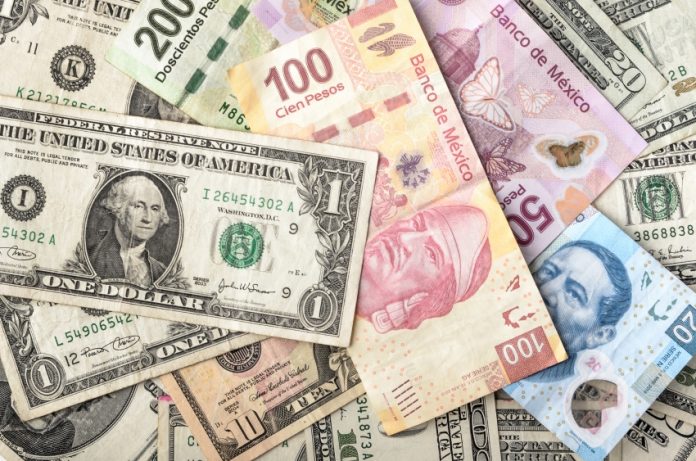Has the peso’s prolonged party come to an end or was last month’s depreciation just a fleeting break from the currency’s remarkable rise against the US dollar in 2023?
The Mexican peso depreciated 1.86% against the US dollar in August to end the month at 17.05 to the greenback, according to the Bank of Mexico. It was the first time this year that the peso was weaker at the end of a month than it was at the start.
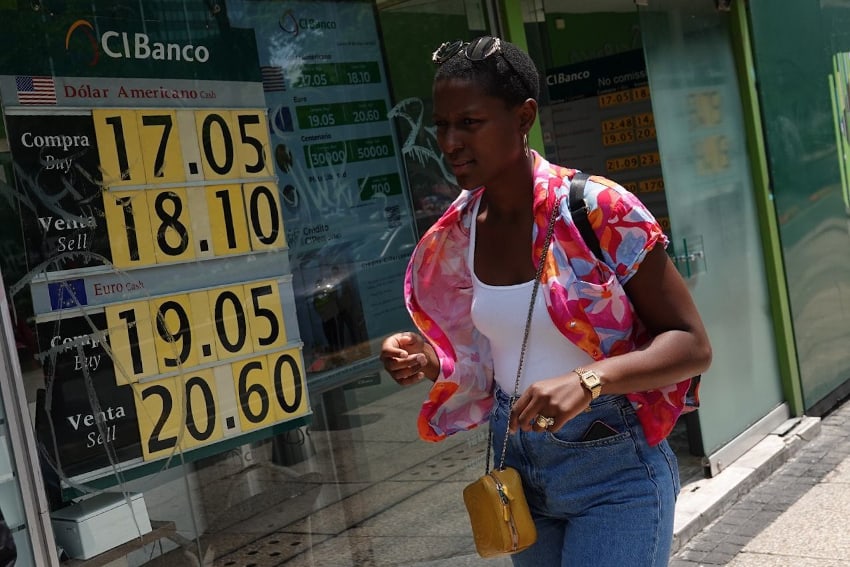
The peso started August at 16.74 to the dollar, meaning that its position weakened by 31 centavos during the month.
A depreciation roughly equivalent to the value of two rarely used Mexican coins doesn’t seem like much, but an interruption to the peso’s long winning streak could be significant if it is a sign of things to come.
Among the factors that affected the peso in August, the newspaper El Economista reported, were a downgrade to the United States sovereign credit rating, expectations that the U.S. Federal Reserve could raise interest rates (the Fed’s next monetary policy meeting is scheduled for Sept. 20) and the decision by Mexico’s Exchange Commission (Comisión de Cambios) to cut a six-year-old hedge program aimed at reducing currency volatility.
The peso on Thursday depreciated 29.6 centavos, or 1.77%, against the dollar after the Bank of Mexico (Banxico) announced the Exchange Commission’s decision.
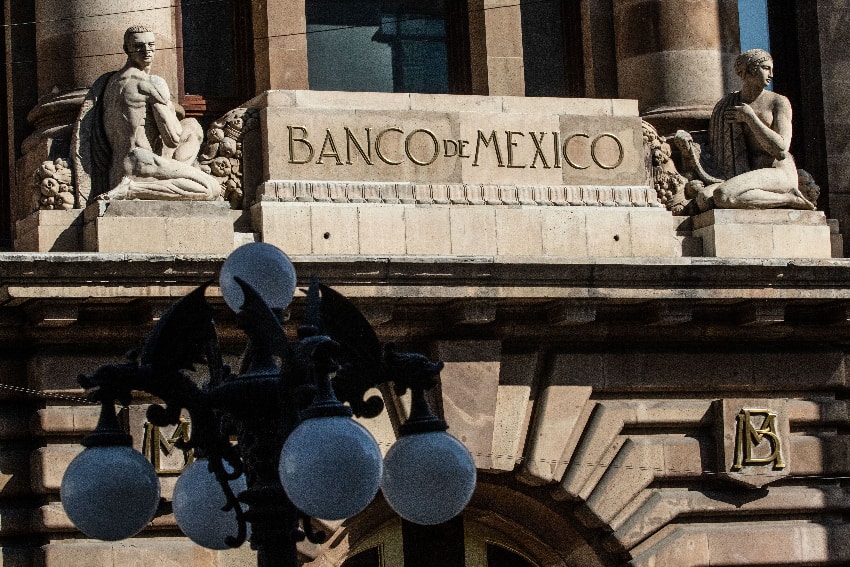
Citing a return to “adequate levels of liquidity and depth” in the national foreign exchange market and “lower volatility” in international markets, Banxico said that “credit institutions and other economic agents have the conditions to cover their risks related to the exchange rate directly in the exchange market.”
“Therefore, the Exchange Commission has decided to instruct the Bank of Mexico to gradually reduce the current amount of the foreign exchange hedge program while always aiming to maintain the orderly functioning of the foreign exchange market,” Banxico said.
Starting this month, the central bank said that it will “renew the maturities of foreign exchange hedges on one occasion only and by 50% of the current amount.”
The Bloomberg news agency reported that the reduction of the hedge program signals to traders that “the rally that made the … [peso] the world’s top performer [in 2023] may have gone too far.”
Even with the depreciation on Thursday triggered by the Exchange Commission’s decision, the peso was over 12% stronger against the greenback than it was at the start of the year, when the USD-MXN exchange rate was about 19.5.
Benito Berber, chief economist for Latin America at French bank Natixis, said that the decision to reduce the Banxico hedging program is “a clear sign that the peso might be too strong.”
Felipe Hernández, an economist who covers Mexico for Bloomberg Economics, said that reducing the hedge program makes “a lot of sense” considering the appreciation of the peso this year and record high interest rates in Mexico, which are currently set at 11.25%.
Clyde Wardle, a foreign exchange strategist at HSBC Securities USA Inc, said that Mexico is “basically using the MXN strength as an opportunity to unwind these outstanding forward positions.”
The peso on Thursday had its worst day since March, but will it continue to lose ground against the dollar?
The currency weakened again on Friday morning, trading at about 17.10 to the dollar at 11 a.m. Mexico City time, but a large depreciation is not expected, according to Gabriela Siller, director of economic analysis at Mexican bank Banco Base.
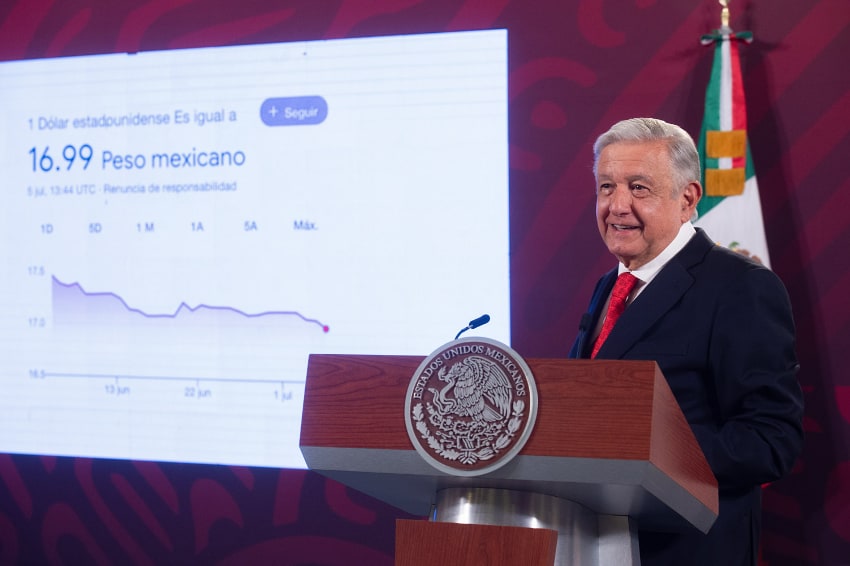
“The market didn’t expect this decision by the Exchange Commission so it caused an overreaction. However, large depreciations for the peso aren’t expected, and it could eventually resume the downward [strengthening] trend, although it’s now less probable that it will reach a new minimum for this year,” she said.
The peso’s strongest position in 2023 – and in almost eight years – was 16.62 to the dollar in late July.
An increase to the 5-25%-5.5% interest rate range in the United States could weaken the peso given that the significant difference between that rate and that in Mexico is one factor that has helped the peso this year.
However, Atlanta Federal Reserve Bank President Raphael Bostic said Thursday that rates are already high enough to reduce inflation in the U.S to 2% over a “reasonable” period.
Reuters reported that “traders bet on Friday” that “the U.S. Federal Reserve is likely done raising interest rates given that “a government report showed the unemployment rate rose [in the U.S.] last month and wage growth cooled.”
Inflation in Mexico is on the wane (4.67% in the first half of August), but Banxico isn’t expected to cut interest rates before December, meaning that the peso could be propped up by the record high 11.25% rate in the coming months.
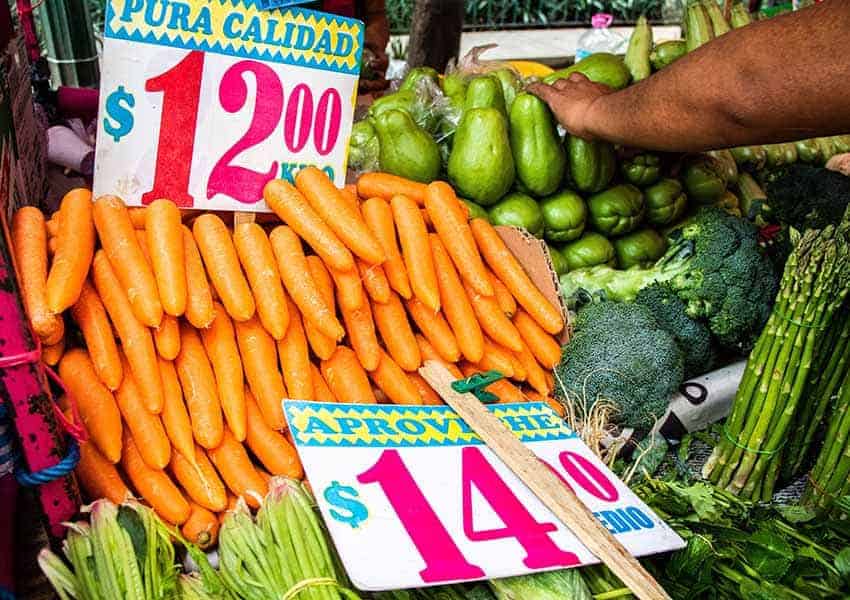
Strong incoming flows of foreign capital and remittances are among other factors that have benefited the peso this year.
So, what will the USD-MXN exchange rate be at the end of 2023?
The consensus forecast of analysts recently surveyed by Citibanamex is that the peso will trade at 17.85 to the US dollar at the end of the year, a considerable weakening from its current position but still a major improvement from where it was in January.
Currency forecasts, of course, are not an exact science, and a range of factors and events – including unforeseen ones – could affect the ever-so-slightly diminished “super peso” in the months ahead.
With reports from El Economista, El Financiero and Bloomberg
